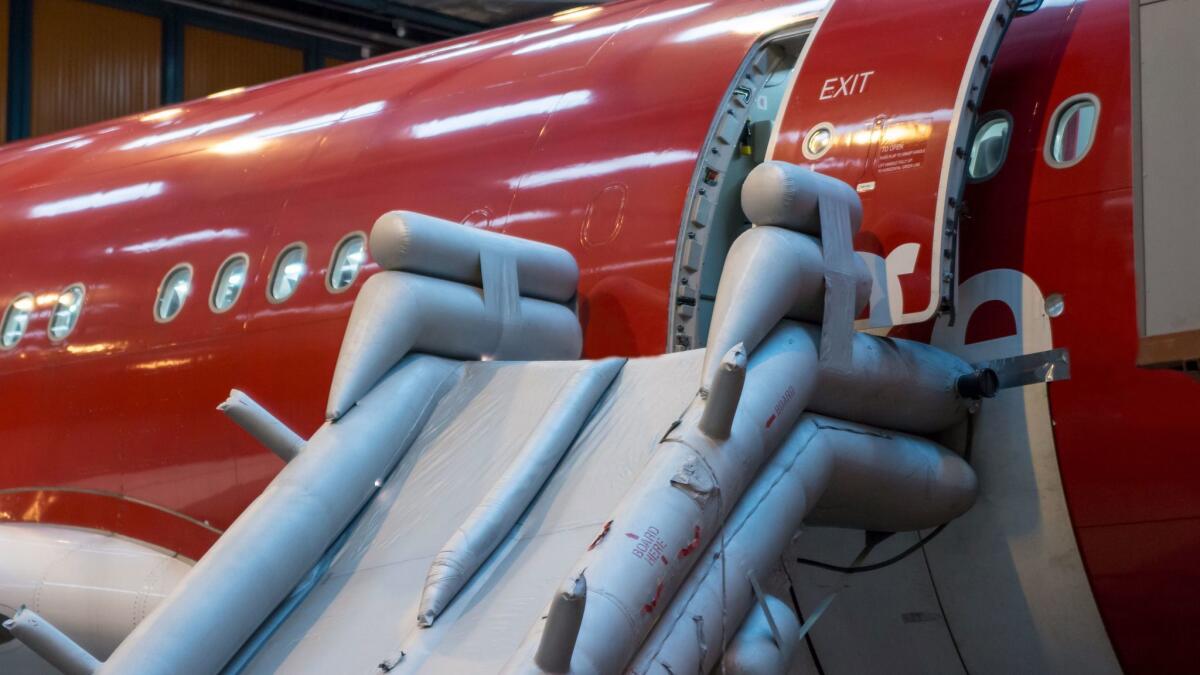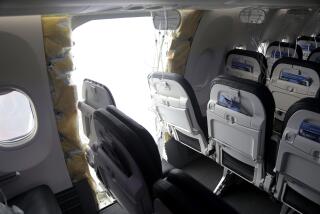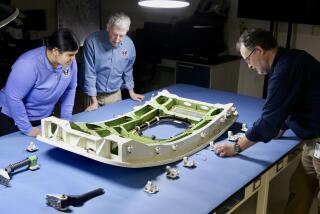How does an airplane’s emergency slide ‘accidentally’ deploy?

Everyone makes mistakes. Surgeons occasionally leave foreign objects inside the bodies of their patients. Tax accountants make critical errors that launch audits. Legendary actors incorrectly announce the name of Oscar winners at the Academy Awards ceremony.
Whether the error is the result of circumstance or ineptitude matters little. Eventually, we all err.
With flight attendants, opening the aircraft door is an error waiting to happen.
At departure, when any commercial aircraft pushes back from the gate, you’ll hear the familiar onboard announcement: “Flight attendants, arm doors.”
Like Pavlov’s dogs, designated flight attendants will stop what they’re doing, rush to an aircraft door and arm or “enable” the emergency evacuation slide packed inside the door.
Although arming an aircraft door is as simple as sliding a lever or inserting a metal bar into brackets, it’s arguably the most important duty of any cabin crew member. It can be a matter of life or death.
A flight attendant’s second-most important duty is disarming the aircraft door upon arrival. This is where problems occasionally occur.
Crew members receive Federal Aviation Administration certification to work on a variety of aircraft. For example, I’m qualified to operate doors on the Boeing 737, 757, 767, 777 and the Airbus 319, 320 and 321.
The Airbus door arming/disarming procedures are similar (you push or pull a lever to arm/disarm the door), but the Boeing procedures vary. Some planes require the attendant to insert or remove a bar into or out of floor brackets. Other aircraft require a lever to be pushed left or right.
One Boeing aircraft has a unique lever that must be pushed forward or back while depressing an adjacent control button.
It’s not rocket science, but two crucial mistakes can be made during the door disarming procedure: First, the flight attendant becomes distracted and opens the door in the “armed” mode. Second, he or she signals through the window to the agent that the door is disarmed when it isn’t, and the agent opens the door.
Both mistakes can lead to an inadvertent slide deployment, or ISD, that can injure employees and cost the airline thousands of dollars.
ISDs are rare, but they occur at every airline. My airline has had at least a dozen incidents this year.
A single ISD can “lead to flight cancellation and the cost for compensation, hotel accommodation, meals etc. can reach up to $200,000 for a single event,” the International Air Transport Assn. says.
One flight attendant (I know him well) contributed to the problem.
It happened before takeoff from Miami on a Boeing 757 destined for Mexico City. After all passengers were seated and the purser made the “flight-attendants-arm-doors” announcement, the flight attendant approached his designated door in the aft galley.
When he tried to arm the door, the arming lever would slide only to the midway position. The lever would not move to the “armed” position. He disarmed the door and tried arming it again. The lever moved only to the halfway point
The flight attendant then noticed a yellow barrier strap trapped beneath the door. He called the captain on the interphone. The captain listened to the problem and asked the flight attendant to make sure the door was disarmed. He then instructed the flight attendant to open the door, remove the strap, close the door and try arming it again.
Following the captain’s orders, he opened the door and heard a loud ripping sound. He watched in horror as the slide pack fell 20 feet to the tarmac. It did not inflate; the slide pack merely fell from the door.
Passengers craned their necks to see what was going on. Fellow flight attendants rushed into the galley, mouths agape. A supervisor materialized, pointing a finger at the perpetrator.
Everyone peered down at the slide pack, which was lying, intact, on the tarmac and was surrounded by startled ramp workers.
The flight was delayed two hours while mechanics reattached the slide pack. Although the flight attendant was cleared of any wrongdoing (officially, the door experienced a mechanical failure), he felt tremendous remorse.
I know this to be true because the flight attendant in this particular ISD incident … well, he happens to be me.
More to Read
Sign up for The Wild
We’ll help you find the best places to hike, bike and run, as well as the perfect silent spots for meditation and yoga.
You may occasionally receive promotional content from the Los Angeles Times.






